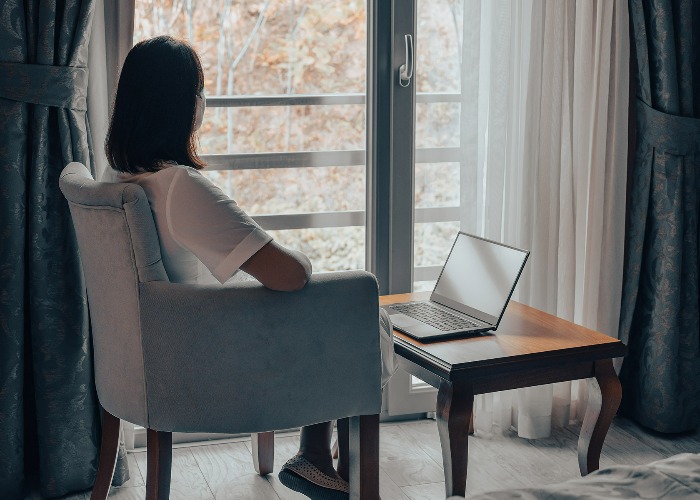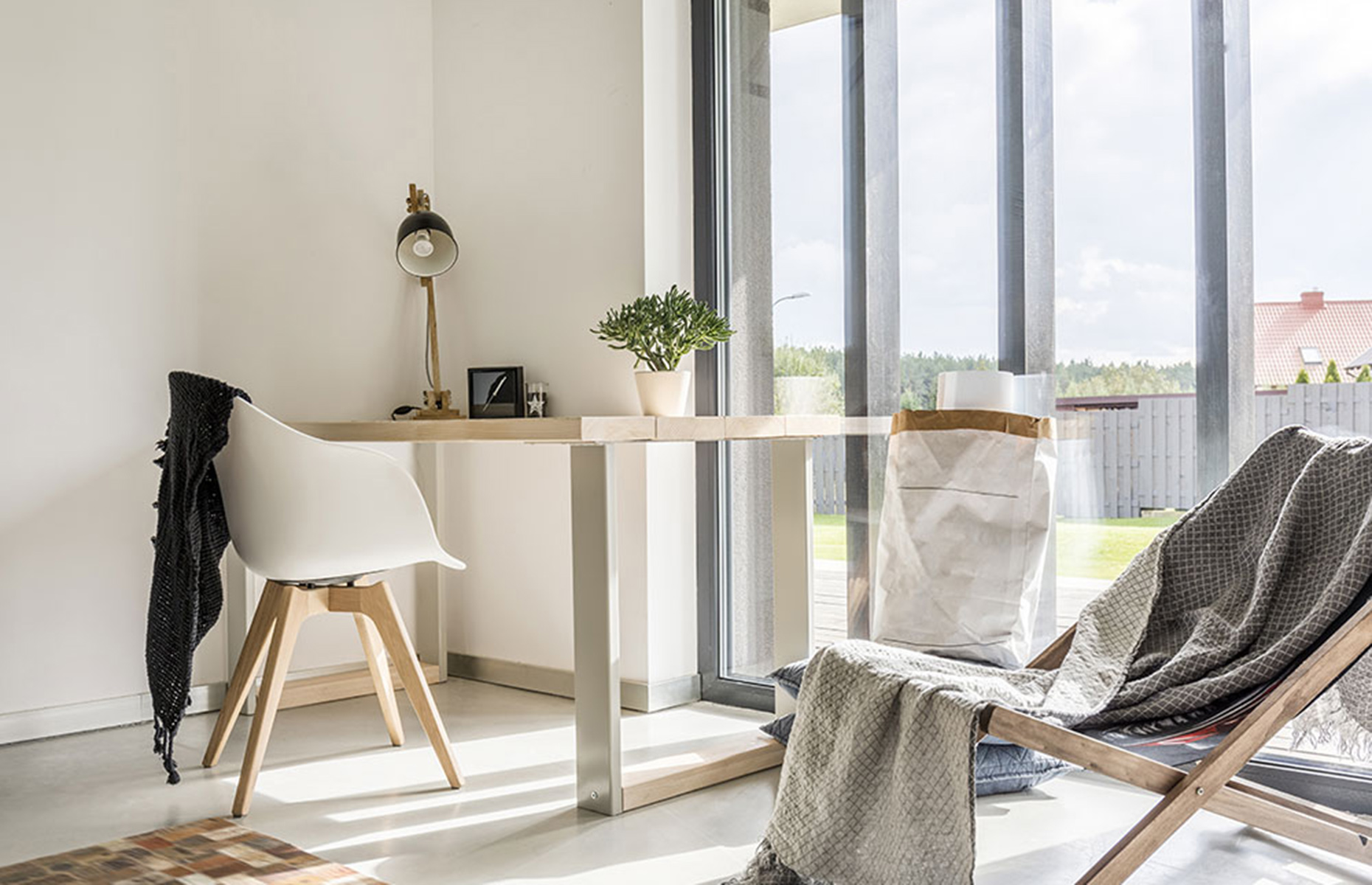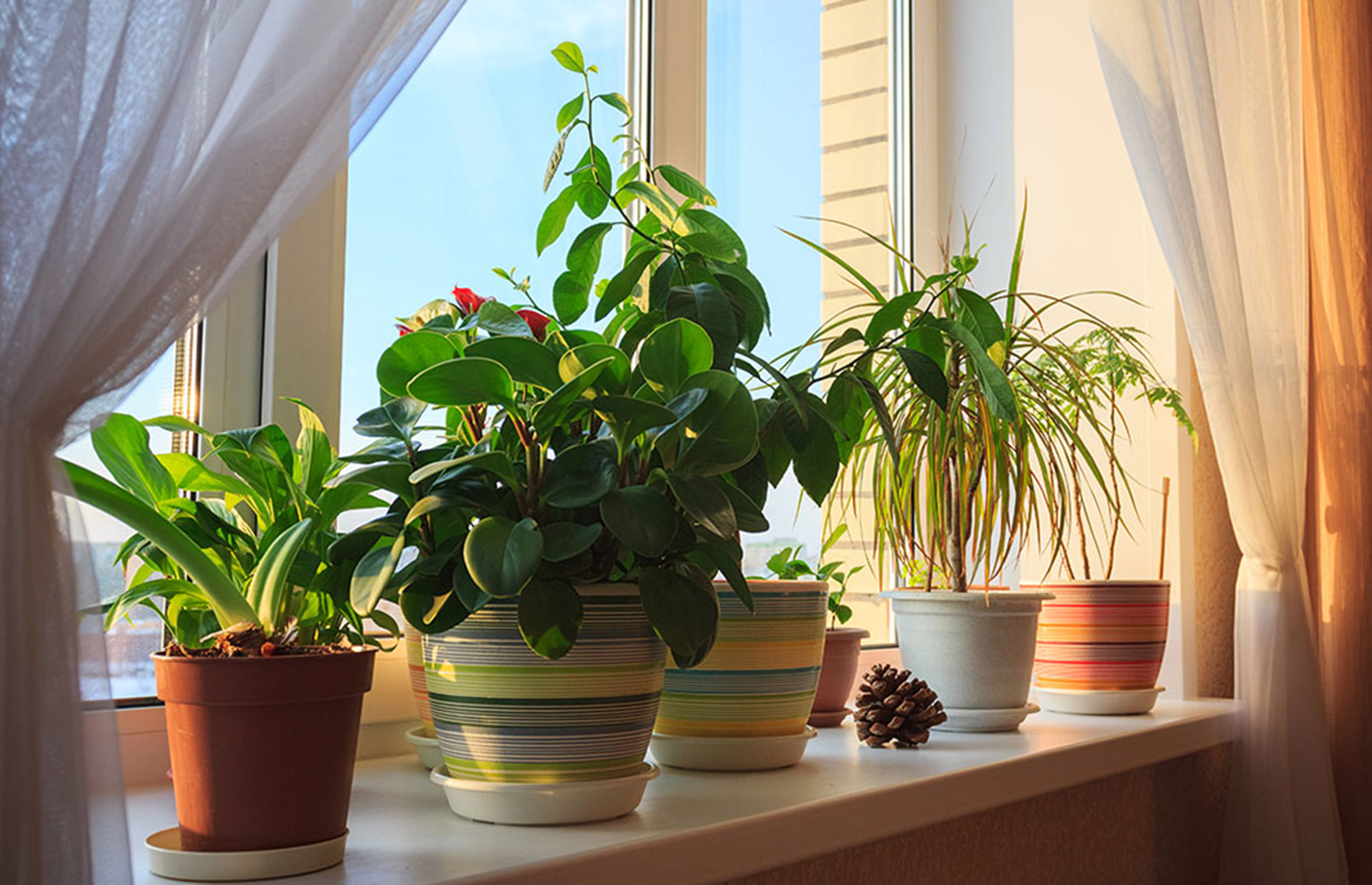Home tips to ease Seasonal Affective Disorder (SAD) in winter

More than just the winter blues, SAD symptoms can be serious but adjusting things at home can help
The nights are closing in, Christmas is but a fading memory and the effects of all that December overspending are taking a bite out of all our new year goodwill. But while a certain amount of Christmas come-down is to be expected, if you are feeling more than a little low, then you may be suffering from Seasonal Affective Disorder (SAD)—a type of depression that the NHS says follows a seasonal pattern and is thought to affect up to 2 million people in the UK each year.
It's unclear what causes seasonal depression but it’s often linked to reduced exposure to sunlight.
Alison Kerry, from mental health charity Mind, says: “With SAD, one theory is that light entering the eye causes changes in hormone levels in the body. In our bodies, light functions to stop the production of the sleep hormone melatonin, making us wake up.
“It’s thought that SAD sufferers are affected by shorter daylight hours in the winter. They produce higher melatonin, causing lethargy and symptoms of depression.”
If you believe you are suffering from SAD or any form of depression, your first port of call should always be your doctor.
Sometimes referred to as the ‘winter blues’, SAD also produces symptoms at other times of the year, but the below tips aim to specifically help ease winter SAD symptoms.
Buy a light therapy lamp

Image credit: John Lewis and Partners
Light therapy is a common SAD treatment and is one of the first things GPs will advise. There are lots of lamps on the market designed to ease seasonal affective disorder symptoms and they usually require the sufferer to sit by them for a set time (around 15 minutes to an hour per day).
A SAD lamp, like this Beurer TL45 Perfect Day Daylight Table Lamp, which was named an IndyBest in a test of six similar lamps, is thought to help boost levels of serotonin and reset our circadian rhythms.
Mood-boosting colours in your décor
Colour therapy, or chromotherapy, has long been used to help lift mood—the Egyptians are known to have used sunrooms fitted with coloured glass as a type of therapy. Though some people today may brush it off as pseudoscience and evidence it works is flimsy at best, anecdotally some people swear by it.
In an interview with CalmMoment, florist Lara Sanjar said working with flowers and colour helped ease her symptoms of anxiety after she was signed off work from a previous job.
She said she has found the colour orange helps to “rebalance joy, optimism and wisdom,” while yellow “inspires feelings of happiness and warmth” and green is “extremely grounding.”
Get as much natural light as possible

Image credit: 2017 Ground Picture / Shutterstock
It’s crucial for both our mental and physical well-being that we get as much natural light as we can.
Make sure you open the curtains and blinds each morning and perhaps position your favourite chair by a window so you can be bathed in natural light as you sit and read or work.
If you’re worried about draughts, then fit draught excluder tape around the window frame, so you’re not tempted to close the curtains again.
Get exercise during daylight hours
Working in the same way as light therapy, a walk outdoors, or even a run, is a great way of increasing serotonin levels as exercise has been proven to release endorphins.
The former chief executive of the Mental Health Foundation, Dr Andrew McCulloch, said: "There’s convincing evidence that 30 minutes of vigorous exercise three times a week is effective against depression and anecdotal evidence that lighter exercise will have a beneficial effect, too.
“If you have a tendency to suffer from SAD, outdoor exercise will have a double benefit because you’ll gain some daylight.”
If you don’t quite feel up to exercising outdoors, then commit to exercising indoors—daily yoga or keep-fit sessions—in an area with lots of natural light.
Position oxygen-giving houseplants for wellbeing

Image credit: 2017 Anatolii Mikhailov / Shutterstock
As well as the potential to improve our air quality, research by the Royal Horticultural Society (RHS) suggests that house plants can help lift our mood and increase productivity, and though the jury is still out on which plants work best, the RHS says there are few negatives to growing plants indoors, so it's worth extending your green fingers inside.
Eat well
In the winter months, we may crave comforting carbs and sugar-loaded snacks, but these are likely to wreak havoc with our blood-sugar levels, which according to the Food for the Brain Foundation can lead to low mood, anxiety, brain fog and fatigue.
If you’re suffering from SAD symptoms, now’s the time to dust off the slow cooker and make homemade soups or stews packed with veggies, served with complex carbohydrates such as brown rice and tubers like sweet potato.
Get a good night’s sleep

Image credit: 2019 Nadya Chetah / Shutterstock
According to Sleep Education, people with SAD symptoms feel tired during the day and sleep around two hours more at night when they are suffering from SAD than when they are not.
Healthy sleep is important when it comes to balancing our moods and emotions and establishing a good bedtime routine will help you get the right amount of proper sleep each night.
Start by turning off the blue light on your mobile phone before going to bed. Avoid alcohol and caffeine in the hours leading up to bedtime and instead, try camomile tea to help you wind down.
Once feeling a little sleepy, add a drop or two of lavender oil onto your pillow—a well-made bed will make getting in more appealing—and hopefully you will drift off with no trouble and wake up feeling refreshed.
Stay connected to friends and family
One of the tricks depression can play on you when you’re feeling low is to convince you it's best to shut yourself off from the rest of the world. One thing that Cognitive Behaviour Therapy (CBT), a common treatment for SAD, teaches you is how things that may seem the best for you in the short term—like avoiding company—are not necessarily best for you in the long run.
Consider installing a home hub with video calling to help you stay connected to people who live far away and reach out and invite those who live closer to pop around for a cuppa. The chances are, they're feeling similar to you.
Keep warm
The cost of living crisis is taking its toll on many households and you may be reluctant to turn the heating on, but there are some energy-efficient solutions to keep your home cosy that won’t cost the earth.
Money Saving Expert founder, Martin Lewis advises us all to “heat the human, not the home” this winter, so investing in an electric blanket, which is significantly cheaper to run than your heating, might mean you don’t have to compromise on your warmth.
There are plenty of other ways to help keep your home warm for less this winter, including banishing draughts, bleeding radiators and taking advantage of the government's new ECO+ insulation grant.
Make space in your home for hobbies
For many of us, the only way to get through lockdown was to engage in a new hobby, such as baking, sewing or learning an instrument, and hobbies have been shown to help stave off depression and anhedonia—a reduction in the ability to feel pleasure often found in people suffering depression.
Make a dedicated space in your home that you can use to engage in your hobby—perhaps a desk for drawing or writing, a well-placed easel for painting or a chair with a footstool for when you want to strum a few chords on a guitar.
Main photo: CeltStudio / Shutterstock
Comments
Be the first to comment
Do you want to comment on this article? You need to be signed in for this feature